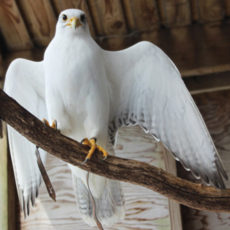Announcements


Green Chimneys School students recently received a lesson from our longtime farrier, Tom Nolan. Applying what they’ve learned about horse conformation,* students saw firsthand the important role proper shoes play in equine health. Students also practiced handling tools used in hoof care as they took turns pulling shoes, filing edges, and polishing hooves.
“The students all came together – cheering each other on when a shoe was finally pulled. This also made them appreciate how hard our farrier works to ensure the best care for our horses,” says Green Chimneys Barn Manager, Samantha Arevalo.
This session is part of Green Chimneys School’s vocational education program. High school students may choose to spend a semester learning the skills required for working in a horse barn. These include grooming horses, leading horses, mucking stalls, basic first aid and healthcare, feed management and herd behaviors. Each week consists of hands-on activities designed to mimic barn operations. The purpose of this course is to prepare students for entry-level positions found within the horse industry. It also supports each student’s individual education plan (IEP), life skill-building, and personal growth.
“Opportunities like this are so important when teaching new skills to students with special needs,” Samantha explains. “This class is designed to illustrate the variety of ways students may access horses as a potential career. By performing work alongside experts, students are building knowledge and confidence. And students are embracing new experiences, many of which, they never imagined for themselves.”
Learn more about Green Chimneys’ nature-based approach to education
*Conformation looks at the degree of correctness of a horse’s bone structure, musculature, and its body proportions in relation to each other.

Crowned the best for falconry in medieval times, gyrfalcons were once reserved for kings. As the largest falcon in the world, with exquisite plumage ranging from bright white to deep charcoal, gyrs are revered for their powerful skill of flight. Their long wings make hunting waterfowl from 3,000-feet-high a feasible and fantastical feat. This falcon was flown in the sport of falconry for several years.